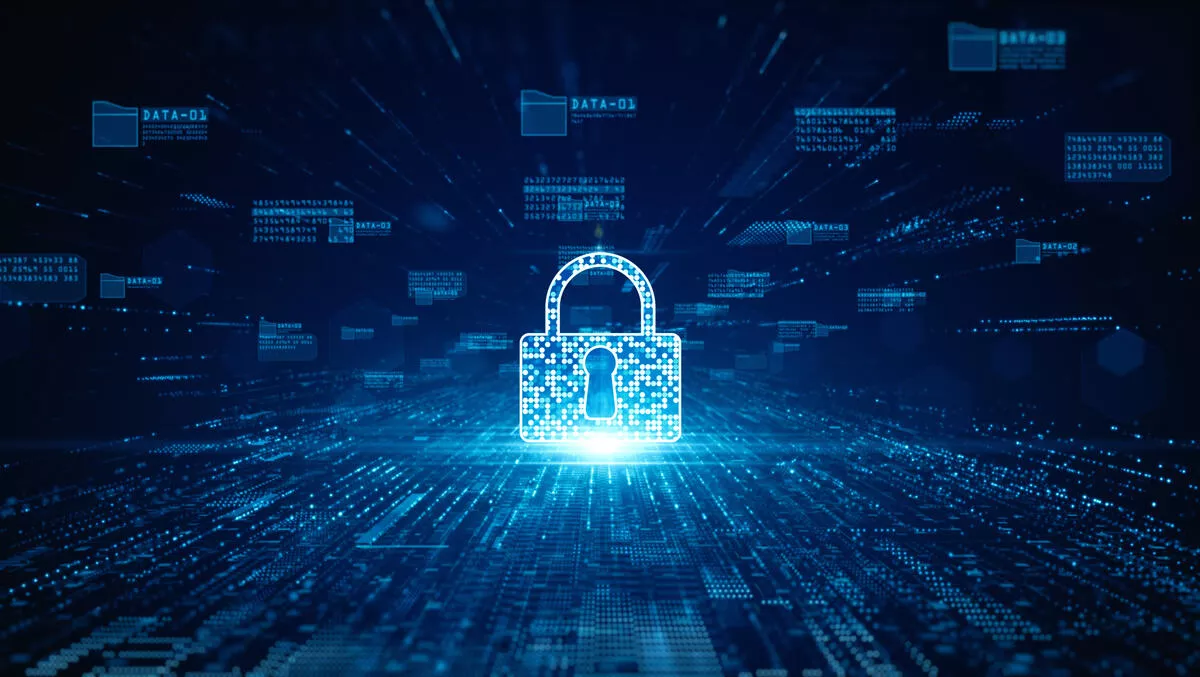
Cybersecurity problems are business problems, report finds
The vast majority of security leaders in the Asia Pacific region do not report directly to CEOs, according to a new report by LogRhythm titled 'Security and the C-Suite: Making Security Priorities Business Priorities'.
The research, which focuses on the roles and responsibilities of cybersecurity leaders, found that more than half of organisations (55%) in Asia Pacific (APAC) have experienced a cyber attack in the last two years and spend an average of US$17 million each on security activities.
Of these organisations, 43% of respondents believe that IT security leaders should be held most accountable for preventing or mitigating the consequence of a cyber attack, compared to the CEO (18%) or both the CEO and IT security leader (22%).
Cybersecurity leaders in APAC assume greater accountability and risk for ensuring a strong security posture in the past year (61%), compared with the global average (56%).
Specifically, cybersecurity leaders in this region believe that they must contend with risks like phishing and social engineering attacks (61%), ransomware (59%) and device vulnerabilities (58%).
At the same time, while 60% of respondents believe that cybersecurity leaders should report directly to the CEO, only 6% of security leaders in APAC actually do, the report finds.
On average, they are three levels away from the CEO, which poses challenges in ensuring that the leadership have an accurate and complete understanding of security risks facing the organisation.
Without securing buy-in from their senior leadership, cybersecurity leaders struggle to establish authority and establish their desired security posture.
In fact, only 37% of respondents in the region agree that their organisation values and effectively leverages the expertise of their cybersecurity, compared to 43% globally.
This lack of understanding from senior leadership (52%) and executive support (51%) have subsequently been identified as key factors leading to concerns around job security, the researchers state.
This comes at a time when the COVID-19 pandemic has brought about novel security challenges for cybersecurity leaders.
This is especially pertinent in APAC, with 69% of respondents, the highest globally, indicating that their biggest security challenge today is securing the remote workforce.
Across the region, close to 70% of organisations have more than a quarter of their employees and contractors working remotely.
This poses new threats and increases the risk to their sensitive data, with respondents attributing this to: employees using less secure home networks (71%), family members being allowed to use the work device (65%), and security protocols not being followed closely (63%).
The research also revealed that even amid the rising threat of cyber attacks, only 29% of cybersecurity leaders in the region report to the board of directors to brief them on cybersecurity risks.
In addition, only 43% of them do so reactively after a security incident occurs. 76% of organisations also do not have a board-level committee dedicated to cybersecurity threats and issues facing the organisation.
LogRhythm vice president of international markets Joanna Wong says, "In today's fast-evolving cyber threatscape, security leaders are assuming more responsibility and bearing more risks.
"However, without organisational visibility and a direct line of contact with their CEO and board of directors, they lack the influence to implement a holistic and mature security program.
"It is crucial that organisations recognise the need to adopt cybersecurity priorities as a central plank in their business strategy, and empower their cybersecurity leaders and team with the support and resources they need to safeguard their business effectively.


